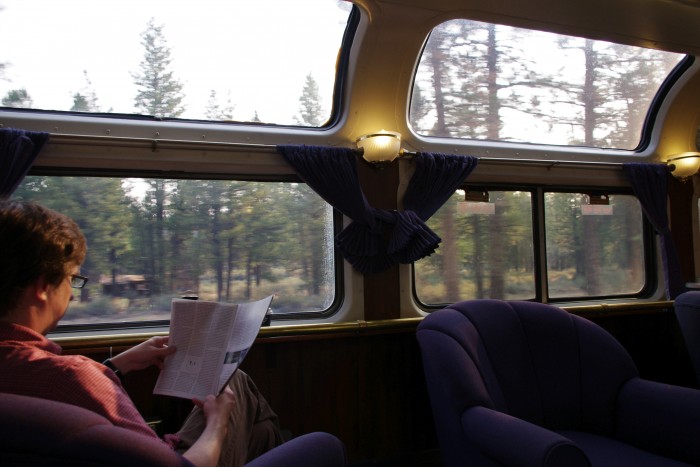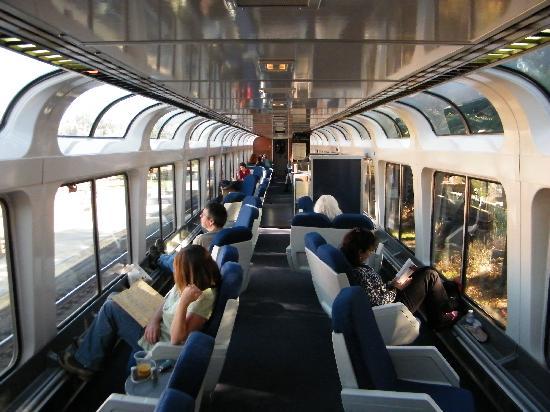Fair warning: Today’s post contains dark and macabre humour. Australia’s Metro Rail is running a public ad that’s proved amazingly popular, Dumb Ways to Die. One example: Sell both your kidneys on the internet.
They also have an interactive web site where you scroll down and can slice and dice incorrigibly cheerful little victims.
That started me thinking that all homicides are dumb, and therefore dumb ways to kill. Pay no attention to meter… but here are my suggestions for dumb ways to kill.
Dumb Ways to Kill
What dumb ways do you suggest?
Give yourself a helpful edge,
Push your brother from a ledge.
When she drives you too insane,
Shove your sister from a plane.Poison is extra nice.
You can use it more than twice.
In coffees and in soups
Or toxic-laced Froot Loops.Don’t gamble losing your house,
When divorcing a wicked spouse.
Sharpen up a carving knife
For that inconvenient wife.Dumb ways to kill,
So many dumb ways to kill.
Say your prayers and leave a will,
So many dumb ways to kill.Rid yourself of that old nag
Using a garrotte and a gag.
Say goodbye to that old hag,
And toss her body in a bag.Having trouble in your dorm?
Where bad roommates are the norm.
Dose a rag with chloroform.
Drag ’em through a lightning storm.It’s a very common plight
To get your ass kicked in a fight.
So in the middle of the night,
Set your victim's house alight.Dumb ways to kill,
So many dumb ways to kill.
Say your prayers and leave a will,
So many dumb ways to kill.You meet a stalker in a bar
Drinking moonshine from a jar.
When he's drunker than you are,
Drag him home behind your car.Say your partner’s gagged and bound,
And you have him freshly drowned,
You don’t want the body found
By nosy cop or baying hound.There’s a rich, white-haired old geezer
Sleeps serenely in your freezer.
He looks quite peacefully at rest,
'Cept for the dagger in his chest.Dumb ways to kill,
So many dumb ways to kill.
Say your prayers and leave a will,
So many dumb ways to kill.Failed to get that last pay raise?
Fret no more with wasted days.
Invite your boss around to dine
In secret cut his car’s brake line.Don’t act stupid like a dunce.
Shoot the victim more than once.
A double-tap to the head
And the victim’s good and dead.You’re offered a hundred large
To set an explosive charge.
You do your best to make it fast
And trigger a pipe bomb blast.Dumb ways to kill,
So many dumb ways to kill.
Say your prayers and leave a will,
So many dumb ways to kill.Draw your pistol, load and lock
When you learn how to cock.
Pull the slide on your trusty Glock,
But you might find yourself in shock…Although you’ve tried your very best,
You find yourself under arrest,
Tried, convicted, and all the rest,
An electrode strapped to your chest.Dumb ways to kill…
















